In memory of director Ulu Grosbard (continued from yesterday)
From http://scripturetext.com/matthew/13-44.htm —
Again the kingdom of heaven is like unto treasure hid in a field
the which when a man hath found he hideth and for joy thereof
goeth and selleth all that he hath and buyeth that field
ΚΑΤΑ ΜΑΤΘΑΙΟΝ 13:44 Greek NT: Byzantine/Majority Text (2000)
παλιν ομοια εστιν η βασιλεια των ουρανων θησαυρω κεκρυμμενω εν τω αγρω
LEXICON —
παλιν adverb
palin pal'-in: (adverbially) anew, i.e. (of place) back, (of time) once more, or (conjunctionally) furthermore or on the other hand — again.
ομοια adjective – nominative singular feminine
homoios hom'-oy-os: similar (in appearance or character) — like, + manner.
εστιν verb – present indicative – third person singular
esti es-tee': he (she or it) is; also (with neuter plural) they are
η definite article – nominative singular feminine
ho ho: the definite article; the (sometimes to be supplied, at others omitted, in English idiom) — the, this, that, one, he, she, it, etc.
βασιλεια noun – nominative singular feminine
basileia bas-il-i'-ah: royalty, i.e. (abstractly) rule, or (concretely) a realm — kingdom, + reign.
των definite article – genitive plural masculine
ho ho: the definite article; the (sometimes to be supplied, at others omitted, in English idiom) — the, this, that, one, he, she, it, etc.
ουρανων noun – genitive plural masculine
ouranos oo-ran-os': the sky; by extension, heaven (as the abode of God); by implication, happiness, power, eternity; specially, the Gospel (Christianity) — air, heaven(-ly), sky.
θησαυρω noun – dative singular masculine
thesauros thay-sow-ros': a deposit, i.e. wealth — treasure.
κεκρυμμενω verb – perfect passive participle – dative singular masculine
krupto kroop'-to: to conceal (properly, by covering) — hide (self), keep secret, secret(-ly).
εν preposition
en en: in, at, (up-)on, by, etc.
τω definite article – dative singular masculine
ho ho: the definite article; the (sometimes to be supplied, at others omitted, in English idiom) — the, this, that, one, he, she, it, etc.
αγρω noun – dative singular masculine
agros ag-ros': a field (as a drive for cattle); genitive case, the country; specially, a farm, i.e. hamlet — country, farm, piece of ground, land.



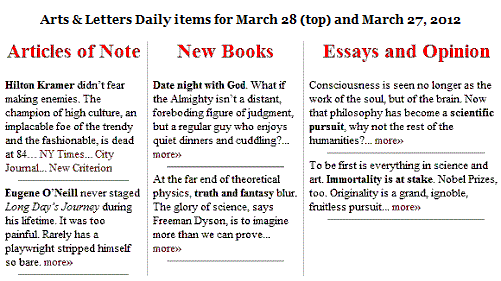






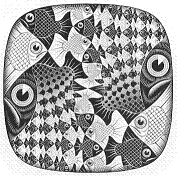














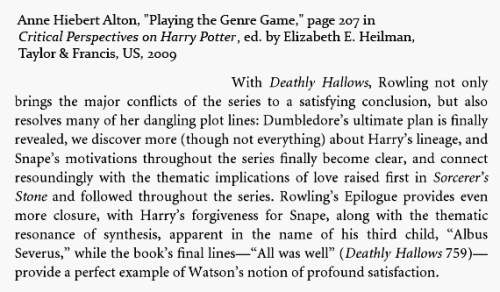










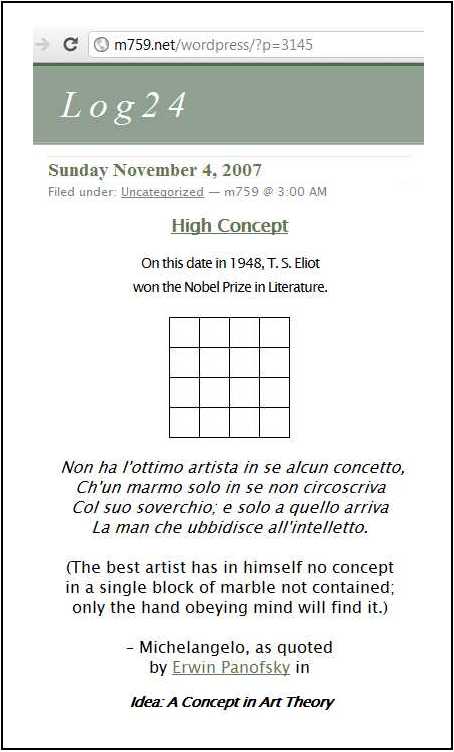
















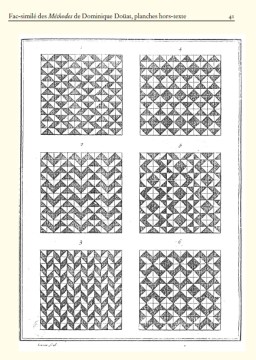



 .
.